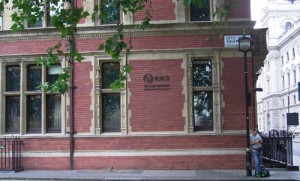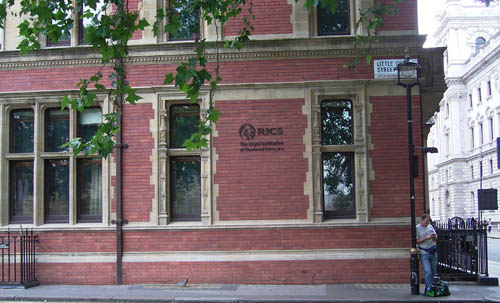 Track2Realty: Globally, as project delays, cost overruns and liquidity constraints continue to trouble the real estate and construction sectors, Building Information Modelling (BIM) has emerged as one of the most reliable tools to eliminate challenges and reduce the capital cost and carbon footprint by over 20 per cent.
Track2Realty: Globally, as project delays, cost overruns and liquidity constraints continue to trouble the real estate and construction sectors, Building Information Modelling (BIM) has emerged as one of the most reliable tools to eliminate challenges and reduce the capital cost and carbon footprint by over 20 per cent.
While a number of developed countries across the world have already adopted BIM to reduce project delays and cost overruns, Indian firms are fast adopting BIM, according to the findings of a recently conducted research by the RICS School of Built Environment, Amity University. Firms involved in built environment sector in India are facing significant schedule and cost overrun on account of poor coordination, wastage of material, significant rework, and lack of information sharing etc.
Keeping aside other complexities facing the sector, project delivery can be made more efficient by using technological tools. Various IT-enabled project management techniques have been introduced in the market so far.
One such tool, BIM that offers digital representation of the project during the project lifecycle, right from planning to execution of the project, is gradually picking up among Indian firms. This can significantly improve operational efficiencies leading to reduction in project time and cost overruns that the sector currently faces.
As the awareness for BIM is increasing within the architecture, engineering and construction (AEC) sectors, around 22 per cent of the firms have already started using BIM; and over 78 per cent firms would adopt the technology in coming years, according to the findings.
According to findings of the research, BIM is used most extensively in real estate sector and mostly in design development and construction stage. Most users who are using BIM, fall in the residential segment, building housing projects followed by those doing mixed land use projects under the commercial category. The lowest usage was found to be in the non-housing sectors such as industrial and infrastructural developments.
While the popularity of BIM is increasing gradually, there are challenges in its usage. Commenting on the trend, Prof Anil Sawhney FRICS – Associate Dean and Director School of Construction, RICS School of Built Environment, Amity University said, “BIM holds tremendous potential for the Indian construction sector. It allows us to drive out the inefficiencies that are currently bogging the industry”. He further added that “Few issues remain before we see widespread use of BIM in the country. Compatibility between software platforms, availability of skilled resources, and lack of standard processes are among the major challenges deterring usage of BIM technology.”
“Work practices currently followed by the industry are out of sync with the processes required to make BIM implementation successful,” he added. High cost of hardware and software, unavailability of process implementation guidelines and lack of support from the government are some of the other challenges that the industry is facing.
Commenting on the trend, Neeraj Bansal, Partner and Head of Real Estate and Construction Practice, KPMG India said, “BIM has the potential to provide significant benefits to the Indian built environment sector. But implementation of BIM requires a change in the mindset of all stakeholders, as managements of most organizations are reluctant to adopt.” KPMG India was the research partner for the study and helped analyse the results of the survey.
“To promote BIM, it is highly essential that government agencies and clients lay stress on the usage of BIM in their procurement processes and contracts. As more benefits surface, and as more owners see and share higher profits, BIM will find full traction and will reshape the Indian built environment sector,” he added.
The report added, organizations who are taking up to BIM now or at the least are aware of the technology would be in a better position to serve the industry and would soon be in high demand. A majority of the construction industry stakeholders are intuitively convinced that there is savings in time and significant improvement in final quality. “Moving forward these very stakeholders need to come together and create an ecosystem for the widespread adoption of BIM in India so that the whole-of sector operational efficiencies can be improved” stated Sawhney.





